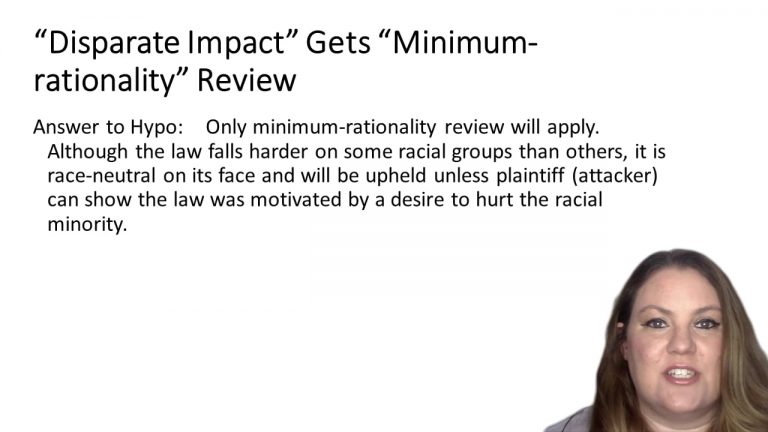SmartBrief
Confirm favorite deletion?
Constitutional Law Keyed to Choper
Cooper v. Harris
Citation:
___ U.S. ____, 137 S.Ct. 1455, 197 L.Ed.2d 837 (2017).Facts
After the 2010 Census, the North Carolina state legislature appointed House and Senate Committees to prepare a redistricting plan for U.S. House of Representatives districts. The heads of the committees publicly stated that according to the requirements of Section 2 of the Voting Rights Act, districts must be constructed to have a “Black Voting Age Population” (BVAP) of 50% plus one. To comply with this criterion, two districts were re-drawn to have a BVAP over 50%. This resulted in the creation of two more majority-black districts than there were under the previous congressional districting plan. Two U.S. citizens registered to vote in the two districts at issue. They sued and argued that the Voting Rights Act’s requirements was merely a pretext to place more black voters in the two new majority-black districts, in order to reduce black voters’ influence in other districts.
Only StudyBuddy Pro offers the complete Case Brief Anatomy*
Access the most important case brief elements for optimal case understanding.
*Case Brief Anatomy includes: Brief Prologue, Complete Case Brief, Brief Epilogue
- The Brief Prologue provides necessary case brief introductory information and includes:
Topic:
Identifies the topic of law and where this case fits within your course outline.Parties:
Identifies the cast of characters involved in the case.Procedural Posture & History:
Shares the case history with how lower courts have ruled on the matter.Case Key Terms, Acts, Doctrines, etc.:
A case specific Legal Term Dictionary.Case Doctrines, Acts, Statutes, Amendments and Treatises:
Identifies and Defines Legal Authority used in this case.
- The Case Brief is the complete case summarized and authored in the traditional Law School I.R.A.C. format. The Pro case brief includes:
Brief Facts:
A Synopsis of the Facts of the case.Rule of Law:
Identifies the Legal Principle the Court used in deciding the case.Facts:
What are the factual circumstances that gave rise to the civil or criminal case? What is the relationship of the Parties that are involved in the case.Issue(s):
Lists the Questions of Law that are raised by the Facts of the case.Holding:
Shares the Court's answer to the legal questions raised in the issue.Concurring / Dissenting Opinions:
Includes valuable concurring or dissenting opinions and their key points.Reasoning and Analysis:
Identifies the chain of argument(s) which led the judges to rule as they did.
- The Brief Prologue closes the case brief with important forward-looking discussion and includes:
Policy:
Identifies the Policy if any that has been established by the case.Court Direction:
Shares where the Court went from here for this case.
Topic Resources
Topic Outline
Topic Refresher Course

 5m 39s
5m 39s